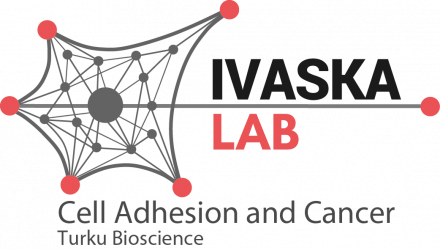Integrin adhesion complexes by Megan R Chastney et al.
Curr Biol. 2021 May 24;31(10):R536-R542. doi: 10.1016/j.cub.2021.01.038.
ABSTRACT
Tissue architecture and function are orchestrated by an intricate repertoire of cellular adhesion and signalling receptors, and by the surrounding extracellular matrix (ECM). The essential role of cell-tissue interactions in guiding organogenesis was identified in experimental embryology studies over a century ago, and in 1954 Grobstein laid down the fundamental concept of ECM being the ultimate integrator of cellular systems. Long before the main cell adhesion receptors were identified, Abercrombie and colleagues proposed in 1971 that cell attachment to the ECM substratum was mediated through electron-dense plaques containing longitudinal cytoplasmic filaments that localise to areas of the ventral cell membrane that lie close to the substratum. In 1982, Bissell and co-workers proposed “the minimum required unit for expression of tissue specific functions”, a model depicting a structure in which the nucleus links to the ECM via cytoskeletal filament bundles that connect to a hypothetical transmembrane ECM adhesion receptor.
PMID:34033786 | DOI:10.1016/j.cub.2021.01.038
